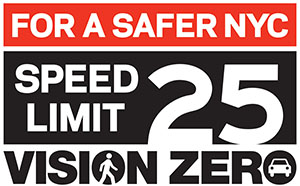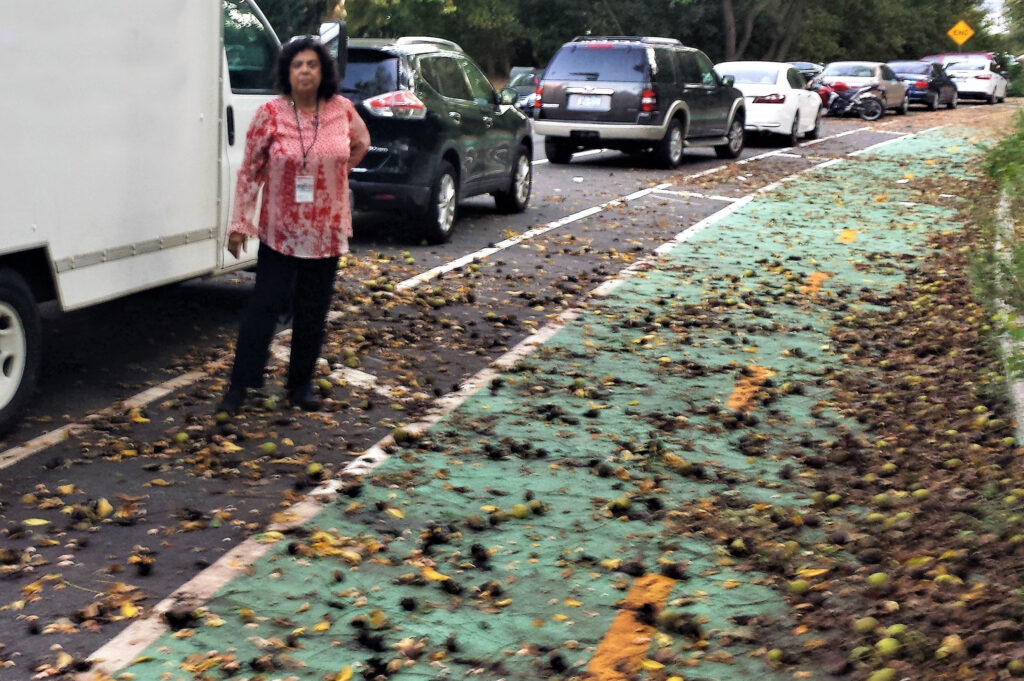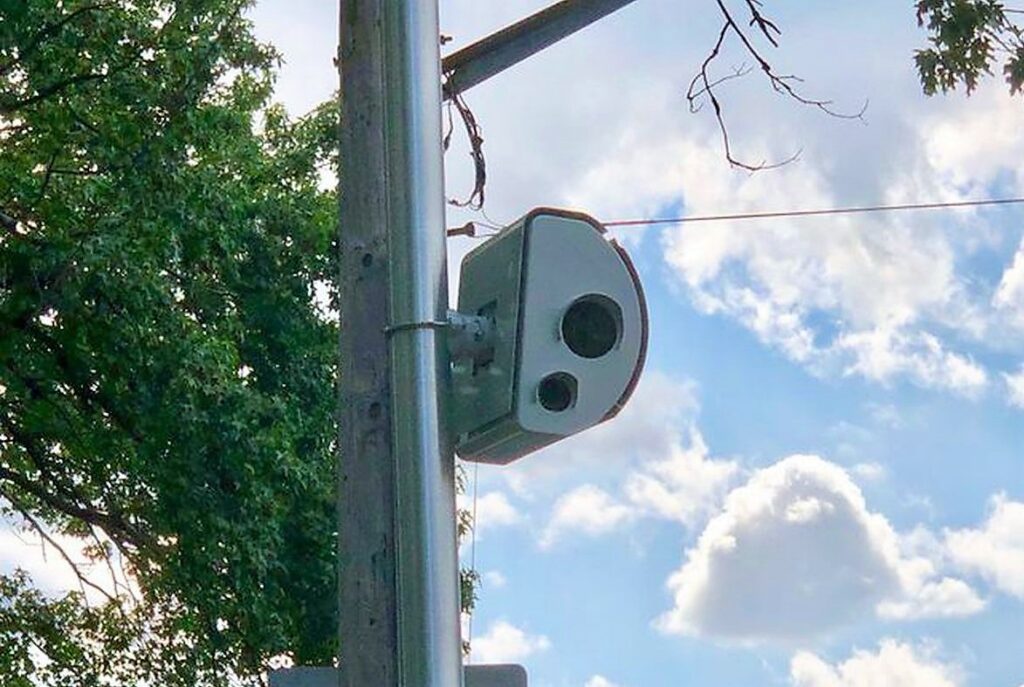By Queen Yvel

It is no surprise to the average motorist that NYC has instigated a war on drivers. This attack is on all of us. We all depend on automobiles to service us whether on our own, in a taxi, through a rideshare company, or carpool. We rely on cars to get to work, drop our children at school, pick up our family members from the doctor’s office, and even go grocery shopping. On weekends, we can enjoy a nice car ride to a concert or go camping up north.
So how did NYC become the enemy of drivers?
Mayor Bill DeBlasio’s Administration added 133 miles of protected bicycle lanes, 138 miles of bus lanes, 83 miles of Open Streets, and nearly 11,000 Open Restaurants. All these initiatives took away parking and driving lanes, prompted legislation for ticketing, and provoked traffic and congestion throughout the entire city.

In 2014, DOT rolled out the “Vision Zero” policy. The legislatures made small changes and implemented them on a larger scale in the name of safety. Of course, that was all deceit since the roads are nothing but safe.
Their first initiative reduced the speed limits in city streets from 30 to 25 MPH. Eight years later, the city is still investing in reducing speed on major roadways. Lowering the speed limits on boulevards, turnpikes, and major streets where cars are meant to be driven with the flow of traffic worsens travel time and escalates traffic jams.

Following, came the installation of electronic traffic enforcement cameras, commonly known as speed traps, red light cameras, and bus cameras. At first, the speed cameras were referred to as “School Zone Speed Cameras” however, that reference quickly changed when the installation extended school zones and operation times. Legislatures are working to change current laws by increasing fines, reporting number of offenses to the vehicle’s insurance company, and even suspending registration.
Along with the current fixed fine of $50 for the cameras, DOT increased parking meter rates throughout the city. Then in 2020, the price of the meter changed to a graduated rate, meaning the price of the meter costs more for the second hour of parking while the amount of time decreased from 15 minutes to 12 minutes.
In 2019, NYS passed a congestion surcharge for rides that begin, pass, or end on south of 96th Street in Manhattan on for-hire transportation. Governor Andrew Cuomo’s Administration passed the extra fees in the state budget to raise approximately $1 billion to help fix the MTA busses and subway while “alleviating” congestion in Manhattan.
In 2020, DeBlasio took on another monetary approach by increasing alternate side parking tickets from $45 to $65.
On January 1, 2021, NYS increased EZ Pass tolls at MTA bridges and tunnels and prices are set to increase again in 2022.
Amongst these financial increases, DOT has made it nearly impossible to park on any street in Manhattan during the week. They changed the signs to “Commercial Vehicles Only,” “Truck Loading Only,” “Authorized Vehicles Only,” and “Taxi Stand” during the day time. Private vehicles can park in the evenings or on weekends. Amidst the signs, drivers also need to navigate through Open Restaurants sheds, Citi Bike stations, and Car Share (Zipcar) spots that occupy plenty of space.
City officials have failed to realize the dangers DOT has caused by redesigning the streets. Bicycle lanes interfere with car lanes while cyclists get “doored,” disregard traffic lights, stop signs, nor yield to pedestrians. Electric scooters, mopeds, and motorcycles are forbidden to use bike lanes but still do, speeding at red lights and crossing on sidewalks. Restaurant sheds sit vacant in the winter while blocking driver’s views, hindering snow operations, and impending emergencies.
While the city falls short on ensuring safety for drivers, cyclists, and pedestrians, the city has also added to the government’s superfluous spending. Maintenance costs have drastically increased since roads need constant upkeep to ensure lanes are marked and painted, signs are updated, and cameras operate properly. Moreover, DOT has been installing new bicycle traffic lights, delineators, and bollards.
Although the city has made it exceedingly expensive to own a vehicle, targeting drivers will not remove cars off the road. Individuals will continue to drive but will select wisely where they shop, dine, and play. The city’s war on drivers will continue unless we stop the Mayor, City Council, and NYS Senate from exploiting us.

